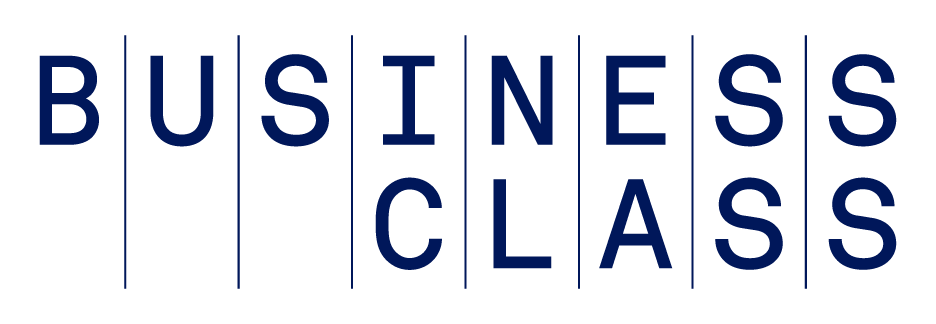A unique selling proposition (USP) is a well-thought-out statement that helps a company distinguish itself from other businesses in its category. In most instances, companies will focus on a single feature or benefit that solves a problem, satisfies a need, or takes away their customers' pain as their USP. In order to articulate it to their customer base in a memorable way, companies will create taglines or summaries of their USP and insert them into their advertising messages. Classic tagline examples include Coca-Cola’s "the real thing," Bounty’s "the quicker picker-upper," and "You're in good hands with Allstate."
Your company's USP defines the differences between you and your competitors.
Have you given any consideration as to your company’s USP? What’s the one trait that separates you from your competition? If everything else is equal when trying to decide which product or service to buy, having a dominant USP can mean the difference between winning and losing business.
If you’re having trouble putting together the right USP for your company, below are seven examples of different traits to help you get started. Before you make a final decision, test your USP with some of your clients. Do they agree with your USP? If it misses the mark with them, what will the other customers and clients think? In addition, what are the USPs of your competitors? Your company’s should not only be accurate, but also distinct from others’.
Consider writing your business name along with your three to five biggest competitors on a sheet of paper and ask a dozen customers to write down one to two words that describes each company. Look at the results to see how they view each brand. This will give you a foundation from which you can build your own unique selling proposition.
Seven Ways to Stand out From Competitors
1. Convenience
Easy in, easy out. Customers love how easy it is to buy your product or use your service. In the competitive world of pizza delivery, Domino’s chose to focus on delivering their pizzas in 30 minutes or less.
2. Reliability/Dependability
Your product or service never fails. A successful Chevy trucks campaign branded their vehicles as tough “like a rock.”
3. Quality
Your product is luxurious. Your service is top notch. When customers describe your company, they speak in superlatives. BMW considers its cars to be “the ultimate driving machine.”
4. Superior Customer Service
You are always there for your customers. You give them peace of mind. They know they can count on you and your staff. Zappos, the online seller of shoes and other goods, positions itself as a “service company” that’s dedicated to “providing the very best customer service, customer experience, and company culture.”
5. Creativity
Your product or service inspires people to think outside the box. Apple once told customers to “think different” with pictures of brilliant minds such as Albert Einstein and Pablo Picasso.
6. Offbeat Humor
Some companies use humor or reverse psychology as their unique selling proposition. The makers of Charmin tissue created silly commercials that showed a store manager constantly telling his customers “Please don’t squeeze the Charmin,” as if the toilet tissue was so soft, people couldn’t help themselves.
7. Emotion
Does your product or service spark certain emotions in people? De Beers equates its precious diamond jewelry with lasting commitment: “a diamond is forever.” Delta promised travelers that they wouldn’t just get from here to there safely, but that they would “love the way we fly.”
Consistency Is Key
Today, there are an infinite number of ways that people access information about products and services they wish to purchase. The challenge for businesses is to maintain a consistent unique selling proposition whether their messages are on television, in print, or online. Your objective is to have all your customers using the same few words when describing your brand to other people.
A version of this article was originally published on January 30, 2014.
Photo: Getty Images







